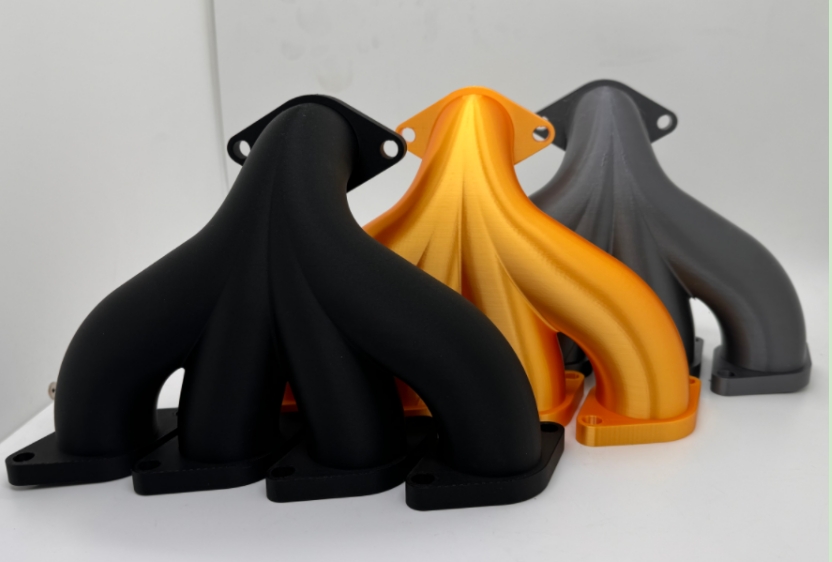The Future of Automotive Parts: How 3D Printing is Transforming the Industry
In the fast-paced world of automotive manufacturing, innovation is key to staying ahead of the curve. One technology that’s making a significant impact is 3D printing. This revolutionary method of creating parts layer by layer is changing how automotive parts are designed, produced, and integrated into vehicles. Let’s delve into how 3D printing is transforming the automotive industry.
Advantages of 3D Printing in Automotive Manufacturing
Customization and Design Freedom: Traditional manufacturing methods often limit the design possibilities due to the constraints of molds and tooling. With 3D printing, designers can create complex geometries and bespoke parts tailored to specific vehicle models or even individual customer preferences. This flexibility allows for greater innovation and more personalized vehicles.
Rapid Prototyping: One of the most significant advantages of 3D printing is the ability to quickly produce prototypes. This rapid prototyping accelerates the development process, enabling engineers to test and refine designs more efficiently. As a result, new parts and innovations can be brought to market faster.
Cost Efficiency: By eliminating the need for expensive molds and reducing material waste, 3D printing can significantly lower production costs. This cost efficiency is particularly beneficial for producing small batches or limited edition parts, where traditional manufacturing would be prohibitively expensive.
Lightweight Parts: Weight reduction is a critical factor in automotive design, impacting fuel efficiency and performance. 3D printing allows for the creation of lightweight structures that maintain strength and durability. This capability is especially advantageous in producing parts like brackets, mounts, and even complex assemblies.
Applications of 3D Printing in the Automotive Industry
Prototyping and Testing: Before a new part goes into full-scale production, it must be thoroughly tested. 3D printing enables manufacturers to produce functional prototypes that can be tested in real-world conditions. This process helps identify any design flaws early, saving time and resources in the long run.
Tooling and Fixtures: Custom tools, jigs, and fixtures are essential for the assembly and production processes in automotive manufacturing. 3D printing can produce these items quickly and at a lower cost, improving overall efficiency on the factory floor.
End-Use Parts: Beyond prototyping and tooling, 3D printing is increasingly being used to produce end-use parts. High-performance materials like carbon fiber composites and advanced polymers make it possible to create parts that can withstand the rigors of automotive use. Examples include interior components, engine parts, and even structural elements.
Spare Parts and Legacy Components: For older vehicle models, sourcing replacement parts can be challenging. 3D printing offers a solution by enabling the production of spare parts on-demand, even for legacy models. This capability ensures that older vehicles can remain operational without the need for large inventories of spare parts.
Automotive Restoration: In the world of automotive restoration, traditional methods often face challenges in sourcing rare or obsolete parts. Enter 3D printing, a game-changer that is transforming the industry. By enabling the creation of custom, hard-to-find components with unparalleled accuracy, 3D printing is breathing new life into classic cars, ensuring they remain roadworthy and true to their original design.
Case Studies and Success Stories
Several major automotive manufacturers have already embraced 3D printing. For instance, Ford has used 3D printing to produce brake parts and interior components. BMW has integrated 3D-printed parts into its i8 Roadster, demonstrating the technology’s potential in high-performance vehicles. Additionally, startups like Local Motors are exploring entirely 3D-printed vehicles, pushing the boundaries of what’s possible with this technology.

(BMW Group AM Campus - Separated components are transported in small load carriers.)
The Road Ahead
As 3D printing technology continues to advance, its impact on the automotive industry is likely to grow. Innovations in materials, printing speeds, and multi-material printing will expand the range of applications even further. The ability to produce lighter, stronger, and more complex parts will drive the development of more efficient and innovative vehicles.
In conclusion, 3D printing is revolutionizing the way automotive parts are designed, tested, and manufactured. Its advantages in customization, cost efficiency, and rapid prototyping make it a game-changer for the industry. As the technology evolves, we can expect to see even more groundbreaking applications and transformations in automotive manufacturing.















